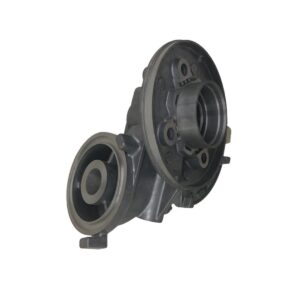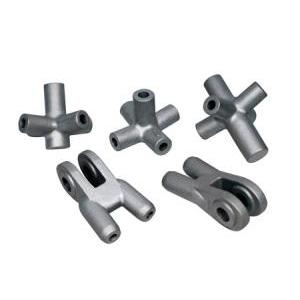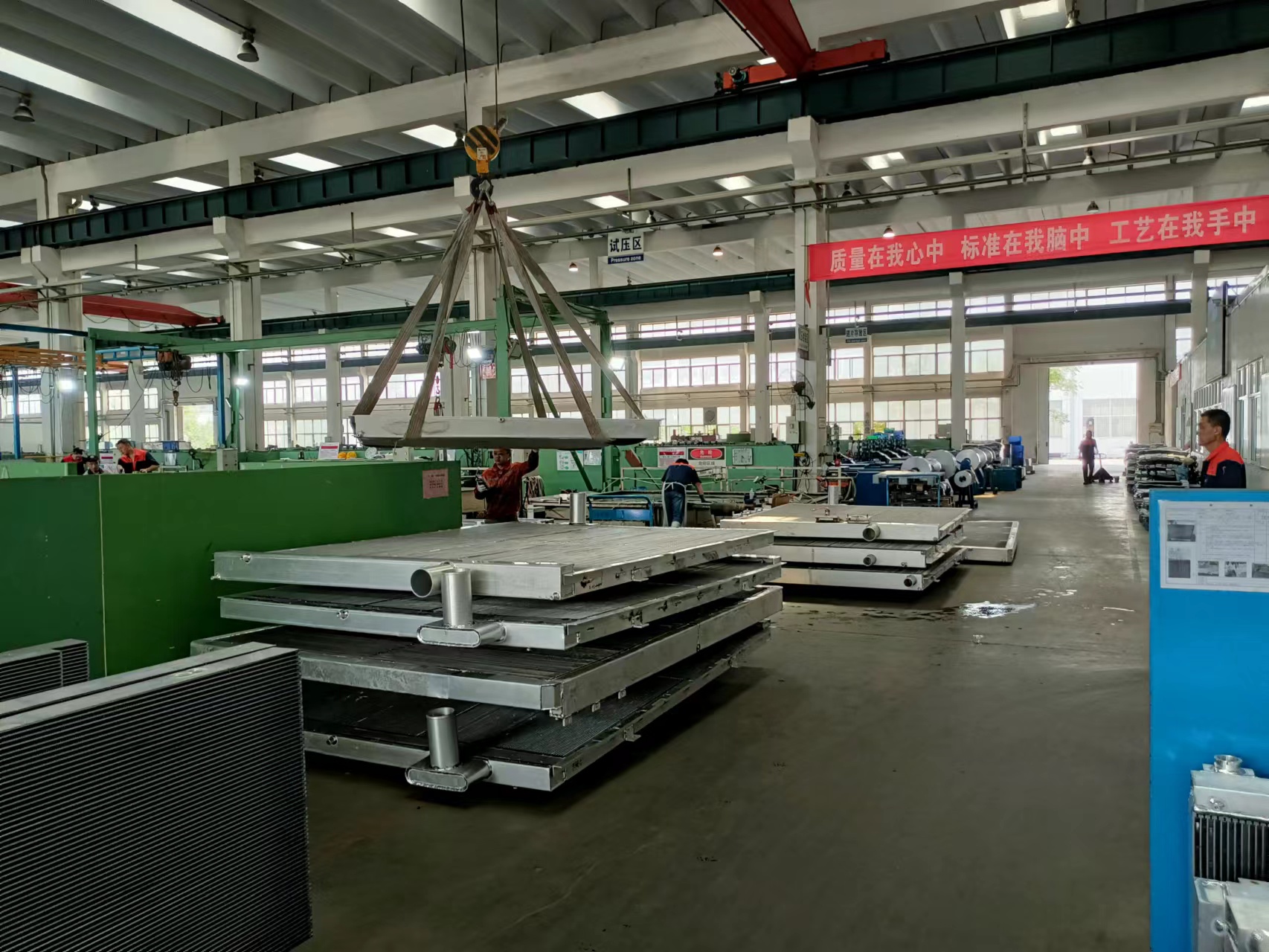
Welding is a complex fabrication process that relies on the ability of materials to be joined through coalescence. While many metals are weldable, certain inherent material properties can make welding difficult, impractical, or even impossible. The concept of “weldability” refers to the ease with which a metal can be welded to produce a sound joint that meets design requirements, both in terms of properties and integrity.
It’s more accurate to think in terms of “poor weldability” or “requiring special processes” rather than a simple “cannot be welded.” However, for practical purposes, some metals are generally considered unweldable with conventional techniques.
The primary challenges that limit weldability are:
High Thermal Conductivity: Rapid heat dissipation can prevent proper fusion.
High Thermal Expansion Coefficient: Leads to significant distortion and high residual stresses.
Formation of Brittle Phases: Certain elements form intermetallic compounds that destroy toughness.
High Reactivity: Tendency to oxidize rapidly, forming weak, defective oxides within the weld.
Susceptibility to Cracking: This includes hot cracking, solidification cracking, and cold cracking.
Metals and Alloys with Poor Weldability
Here are the main categories of metals that pose significant challenges for welding:
1. Cast Iron
Cast iron, particularly gray cast iron, is notoriously difficult to weld.
Reason: Its high carbon content (2-4%) causes several issues. Upon rapid cooling from the weld zone, the heat-affected zone (HAZ) can form extremely hard and brittle martensite and white iron structures. This leads to a high susceptibility to cracking. The graphite flakes in gray cast iron also act as stress concentrators.
Can it be welded? With extreme care, it is possible. Techniques involve extensive preheating (to slow the cooling rate), using specialized nickel-based electrodes (which are ductile and absorb carbon without forming hard phases), and very slow post-weld cooling. It is rarely a process for high-structural integrity applications.
2. Certain Aluminum Alloys
While many aluminum alloys (like the 1xxx, 3xxx, and 5xxx series) are highly weldable, others are problematic.
Reason (for 2xxx series – Al-Cu and 7xxx series – Al-Zn): These are precipitation-hardened alloys. The intense heat of welding dissolves the strengthening precipitates in the HAZ, creating a zone that is significantly weaker and softer than the base metal (“HAZ softening”). They are also highly prone to solidification cracking and liquation cracking.
Can it be welded? Arc welding is generally avoided for these high-strength aerospace alloys. They are typically joined by other methods like Friction Stir Welding (FSW) or riveting.
3. Magnesium Alloys
Magnesium has very poor weldability using common arc welding processes.
Reason: Extremely high reactivity with oxygen, leading to the formation of brittle magnesium oxide (MgO) inclusions. It has a high coefficient of thermal expansion, leading to distortion, and a low boiling point, which can cause vaporization and weld pool instability.
Can it be welded? Yes, but it requires an exceptionally clean environment and shielding gas, often using Pulsed Gas Tungsten Arc Welding (GTAW) or laser welding in a controlled atmosphere.
4. Zinc and its Alloys (e.g., Galvanized Steel)
Pure zinc and zinc die-cast alloys are not welded.
Reason: Zinc has a very low melting point (~420°C / 787°F) and boils at around 900°C (1652°F). During welding, it vaporizes violently, creating massive porosity, spatter, and toxic fumes (zinc oxide fumes cause “metal fume fever”).
Can it be welded? No, for pure zinc. For welding galvanized steel (zinc-coated), it is possible but challenging. The zinc coating must be ground off the weld area first, or special high-ventilation procedures and filler metals that tolerate silicon (which helps control zinc wetting) must be used.
5. Lead
Lead is not welded.
Reason: Extremely low melting point, high toxicity of its fumes, and low strength. It simply melts and distorts without forming a proper weld pool for fusion welding.
Can it be welded? No. It is joined by soldering or mechanical means.
6. Titanium and Zirconium (Reactive Metals)
These metals are weldable, but they have a critical limitation that makes the process very difficult.
Reason: They have an extremely high affinity for oxygen, nitrogen, and hydrogen at elevated temperatures. If exposed to air during welding, they form brittle compounds that completely destroy the ductility and toughness of the weld, making it as brittle as glass.
Can it be welded? Yes, but only with exceptional shielding. This requires a fully enclosed gas chamber (glove box) or a meticulously maintained trailing shield with Gas Tungsten Arc Welding (GTAW) to protect not just the molten pool but the entire hot area (above ~500°C / 930°F) from atmospheric contamination.
7. Dissimilar Metals with Incompatible Properties
Welding two different metals is often problematic or impossible.
Reason: Different melting points, thermal expansion coefficients, and crystal structures can lead to failure. Most critically, many metal combinations form intermetallic compounds at the weld interface. These compounds are hard, brittle, and act as crack initiation sites. A classic example is trying to weld steel directly to aluminum.
Can it be welded? Direct fusion welding is generally not possible. They are joined using intermediate techniques like explosion welding, friction welding, or more commonly, brazing and soldering.
8. Hardened and Tempered Steels
High-strength steels that have been heat-treated to high hardness (e.g., tool steels, AR400 armor plate) lose their properties when welded.
Reason: The welding heat effectively performs an uncontrolled heat treatment. The HAZ becomes overly hard and brittle (untempered martensite) or overly soft and weak (overtempered zone), creating a weak point prone to cracking under load.
Can it be welded? It is possible for repair, but requires precise preheating and post-weld heat treatment (PWHT) to restore properties, which is often impractical outside of a controlled workshop.
Conclusion
In summary, the statement “all metals can be welded” is technically ambitious but practically misleading. The primary barriers are metallurgical incompatibility (leading to brittle phases), extreme reactivity, and susceptibility to cracking. For metals with poor weldability, success depends on:
Selecting a specialized welding process (e.g., FSW, Electron Beam, Laser).
Using exotic or non-matching filler metals.
Implementing rigorous pre-and post-weld thermal cycles.
Employing extreme shielding measures.
For many applications, it is often more economical and structurally sound to choose a more weldable material or use an alternative joining method like brazing, soldering, or adhesive bonding.





